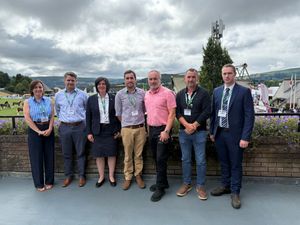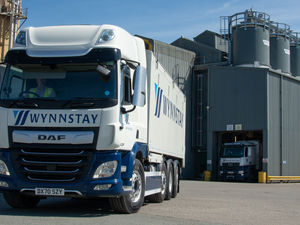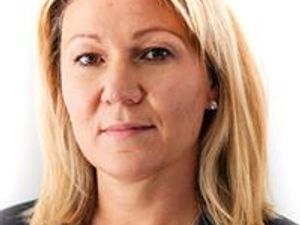Shropshire Farming Talk: Achieving a successful second calving
Almost a fifth of milking heifers fail to reach their second lactation; the point at which they would recoup their rearing costs.
A recent study with Reading University found that 17 per cent of milking heifers exit the herd before their second lactation due to a variety of reasons, which vary from farm to farm.
Ideally heifers should calve at around 24 months, and at around 80-85 per cent of their mature body weight. Before calving, heifers should be eating a close-up dry cow ration.
Heifers feed more slowly, ruminate less, are lower in the pecking order, can be easily chased away from feed space or lying areas and may avoid cubicles previously used by dominant older cows.
Preferably, house heifers separately from older dry cows but if this is not possible, move them to the dry cow pen at 60 days before calving. This gives them time to adjust to competing with older cows and lessens the risk of metabolic issues post-calving.
In-calf heifers need extra care since the soft tissues of the sole inside the hoof is not only thinnest in younger animals but particularly so around calving, increasing her risk of sole bruising and ulcers.
After calving, heifers should be given good ‘quality’ feed to help them meet their energy demands and freshly calved heifers should be monitored for signs of metabolic disease such as ketosis and milk fever.
It can be beneficial to house first calvers separately from older cows to ensure enough feed space is available and reduces competition during the transition to the milking herd.
Penning the heifers separately from the cows is one strategy to reduce bullying and minimise stress. You may want to consider running a heifer only group for the first four months until they reach peak yield as this allows them to get back in calf before having to compete with older cows.
Improving fertility and health to ensure heifers calve down for a second time will be beneficial to your bottom line, your farm’s carbon footprint, and the industry’s drive to achieve net zero carbon by 2040.
We’re running meetings about how to achieve a successful second calving at the Staffordshire County Showground on March 22 and the Albright Hussey Hotel in Shrewsbury on March 23. Dairy farmers can book at ahdb.org.uk/events
Column by Jenny Gibbons, AHDB Senior Animal Health & Welfare Scientist





